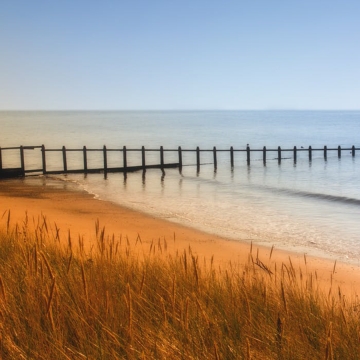Living Shorelines

A living shoreline is a term that is used to describe an alternative approach to shoreline stabilization—an approach that uses natural vegetation and native habitats instead of hardened materials such as bulkhead, a rip rap, or a sea wall. The reason that the living shorelines approach was developed is that we’ve learned over time that those hardened shorelines have some adverse impacts to the estuarine ecosystem. So, a move was developed to see if we can do something better, that’s better for the ecosystem, that’s better for property owners, something that’s more resilient, and something that may be more cost effective in the long run.
Some of the problems with the traditional hardened approach to shoreline stabilization is that they don’t absorb wave energy, they reflect it and so you end up getting scour offshore of the system, you get deepening of the water, you lose vegetation that may have been present offshore, and in that process you lose some of the things vegetative habitat provide such as fish habitat, improving water quality, and those kinds of things. So, living shorelines try to protect those habitats at the same time as offering property owners some shoreline stabilization advantages.
